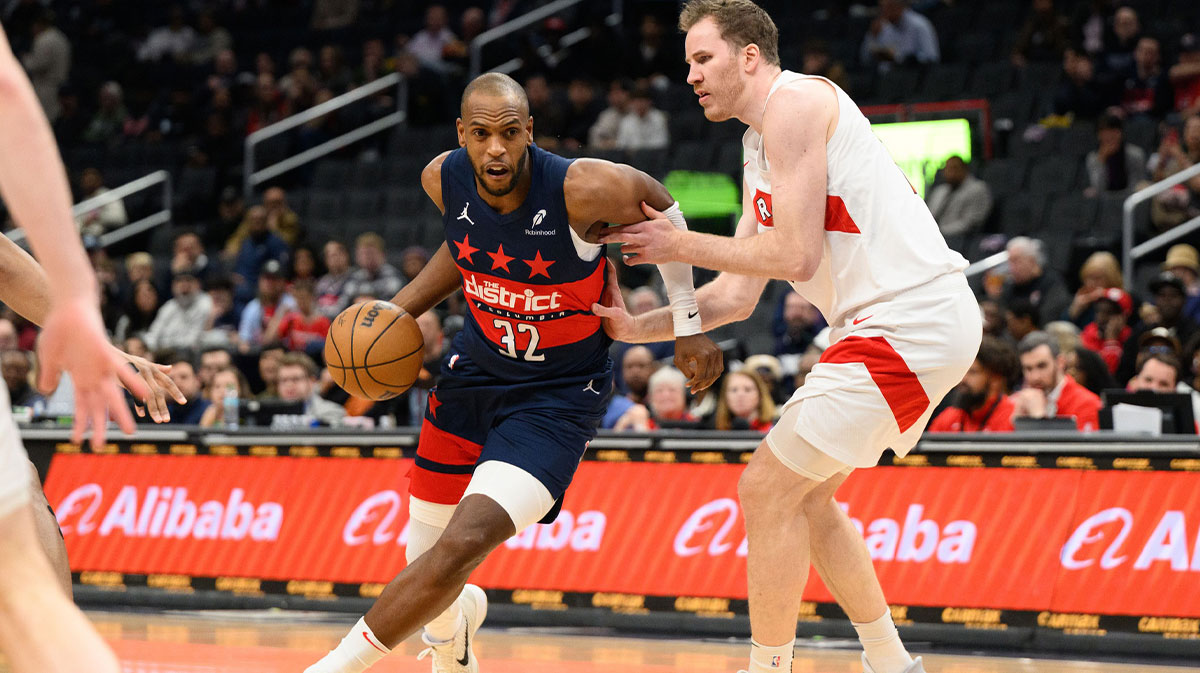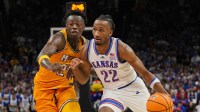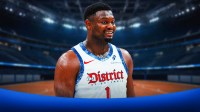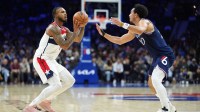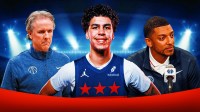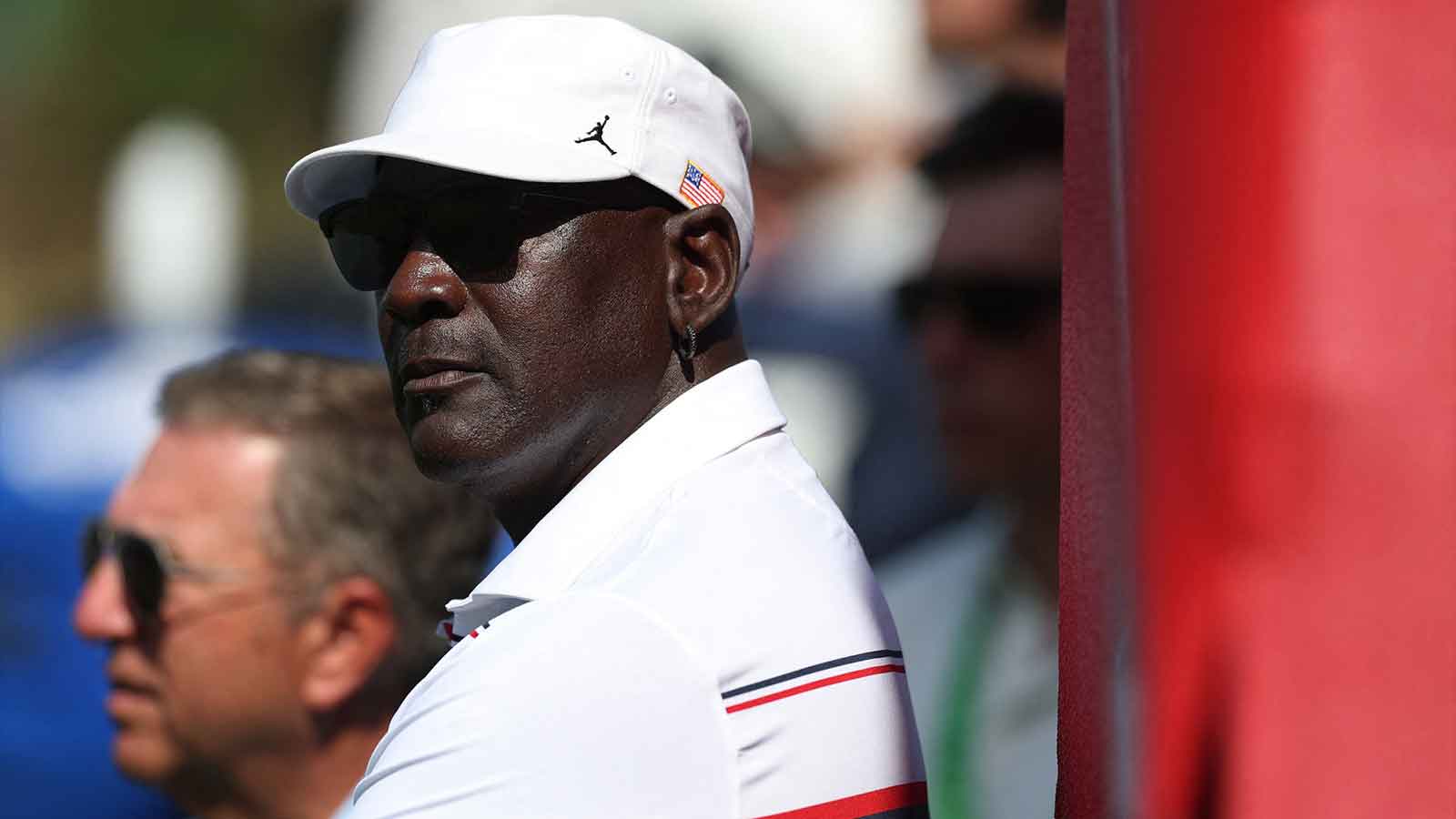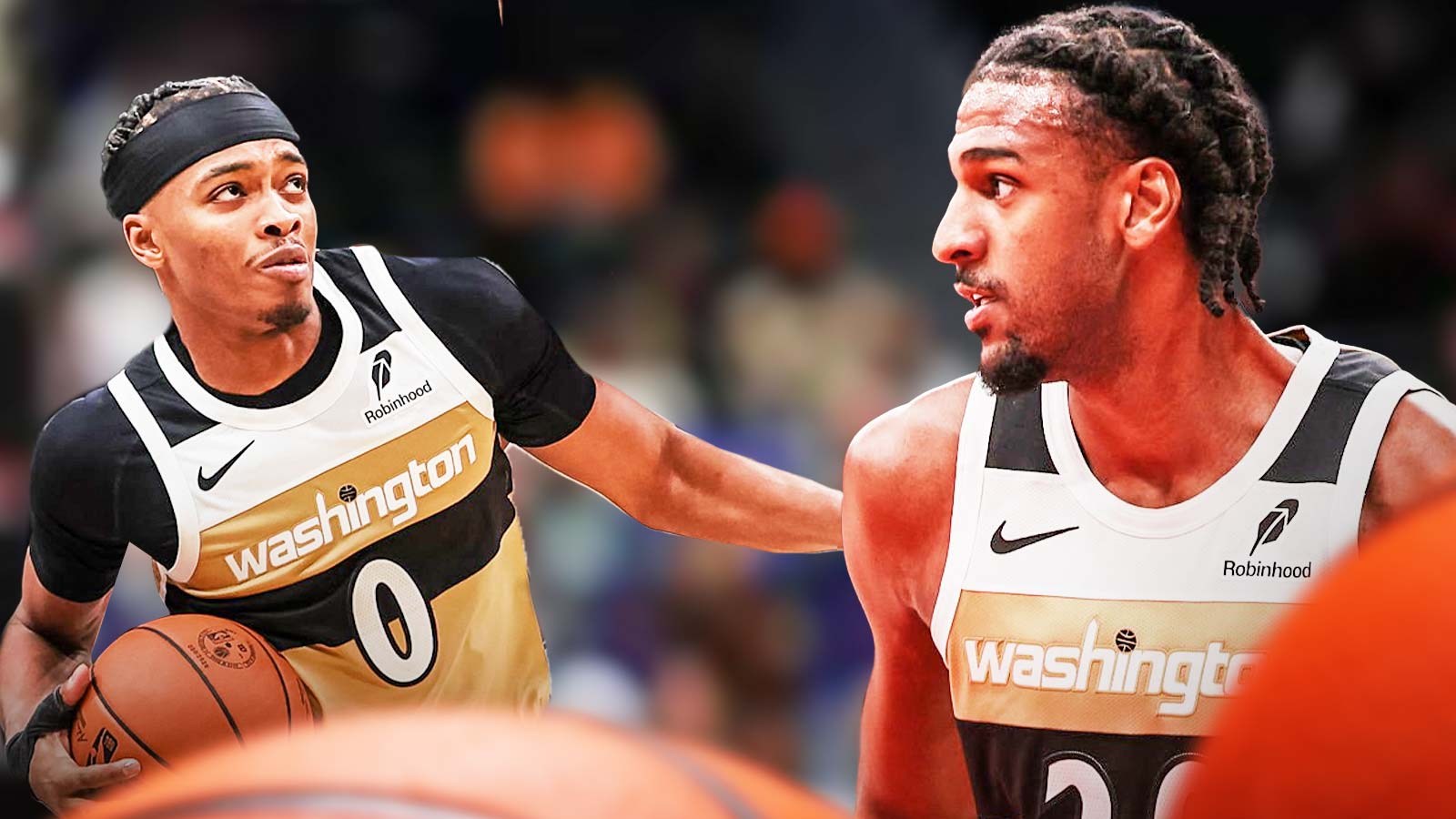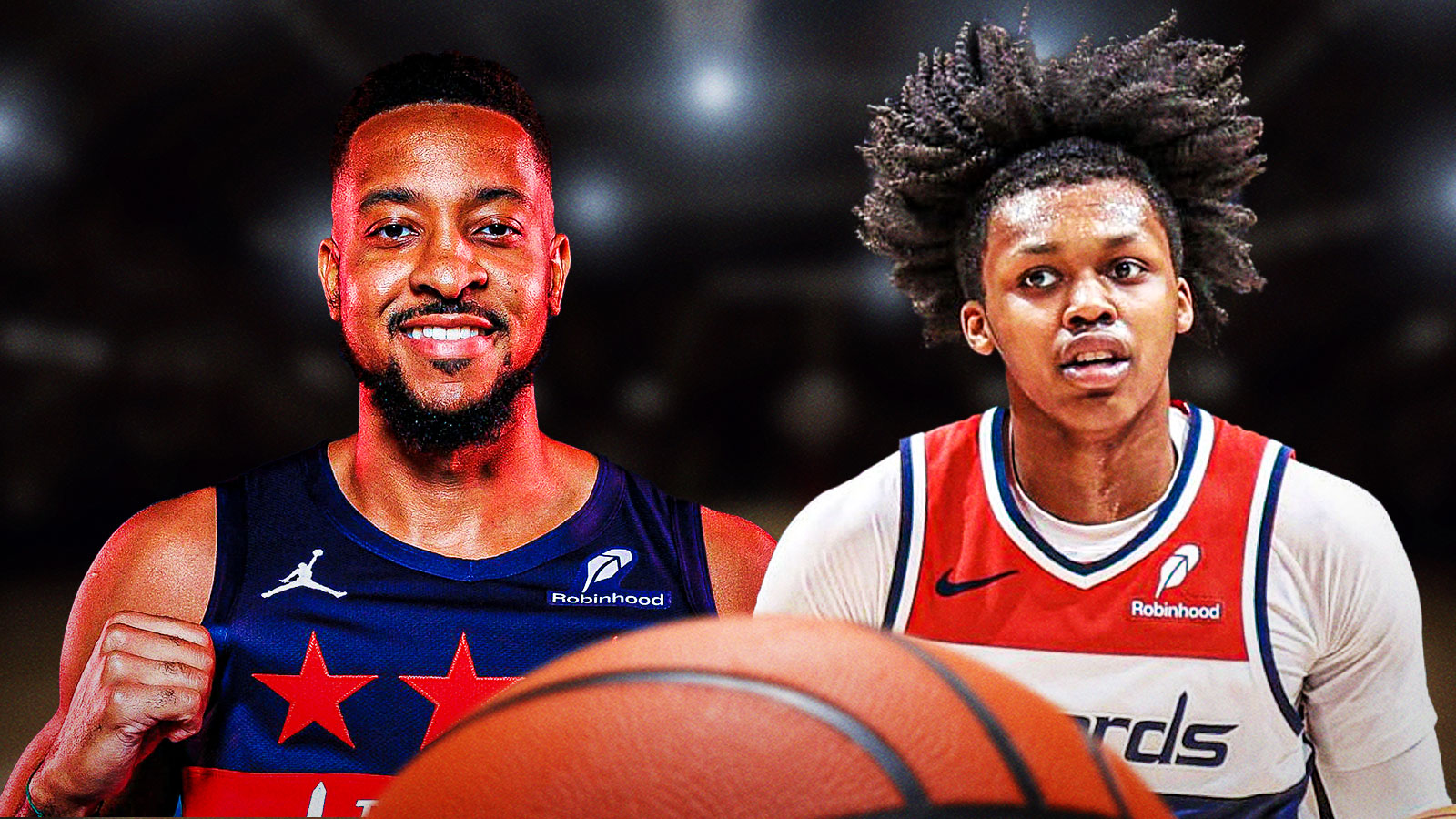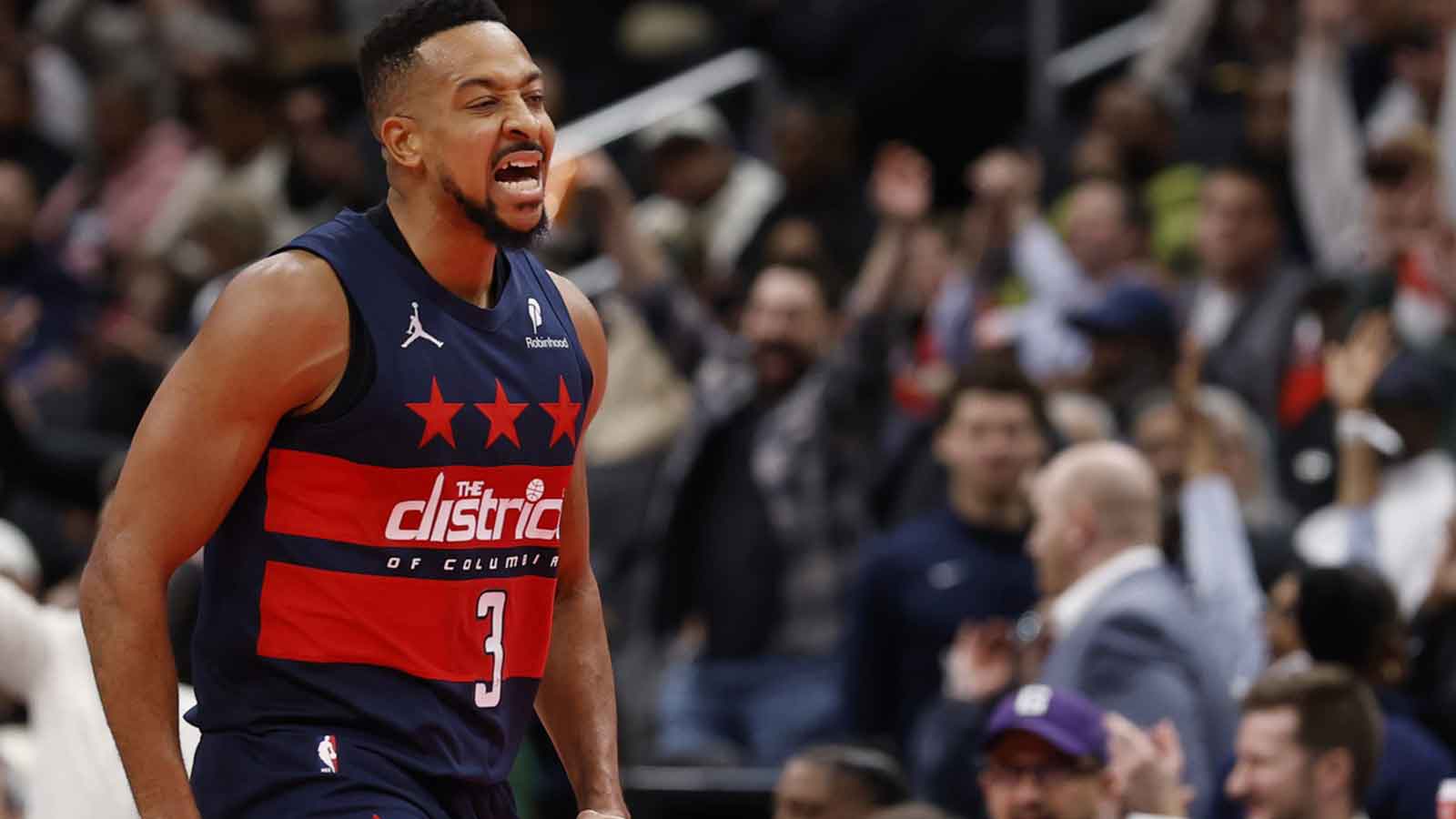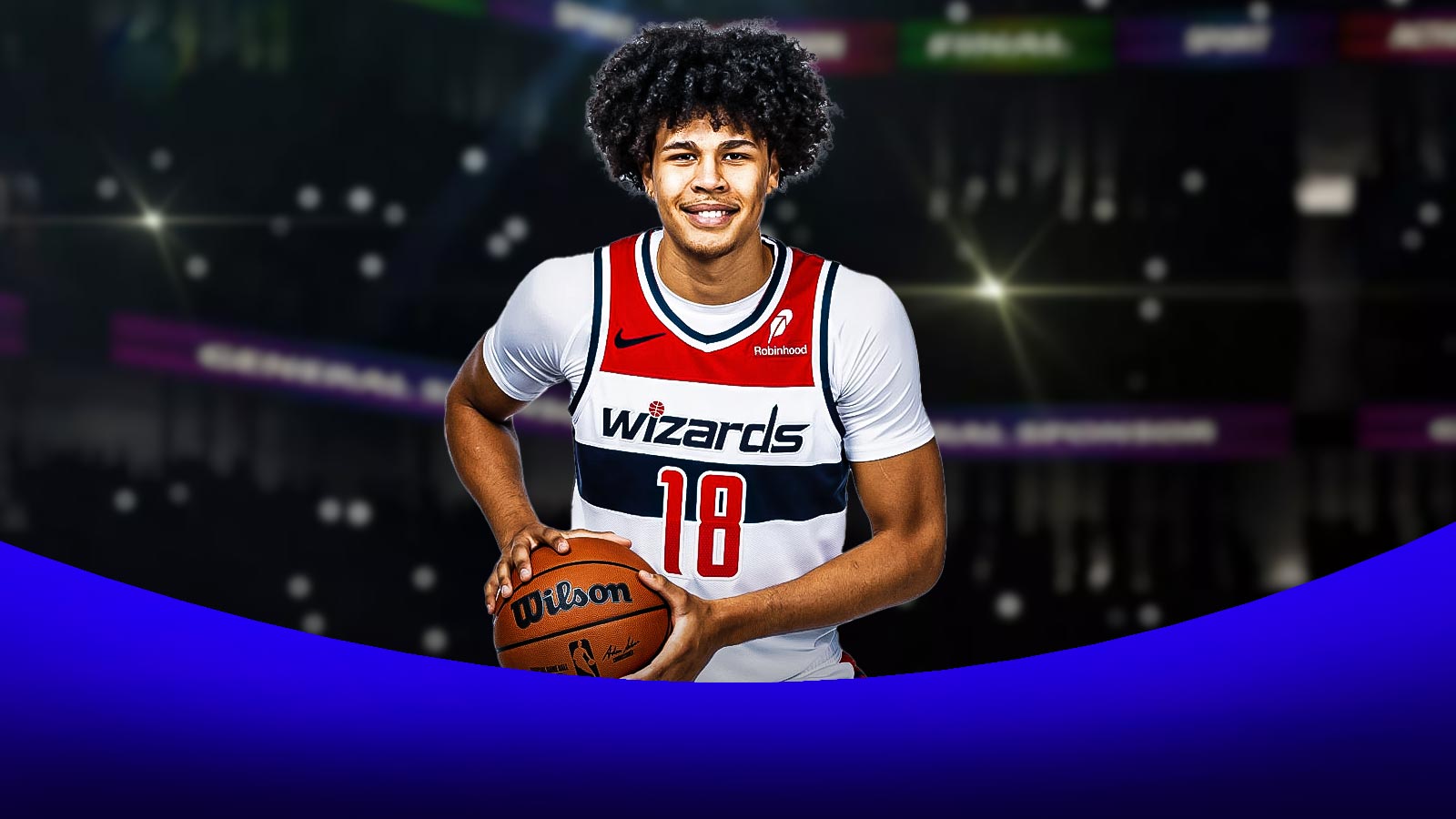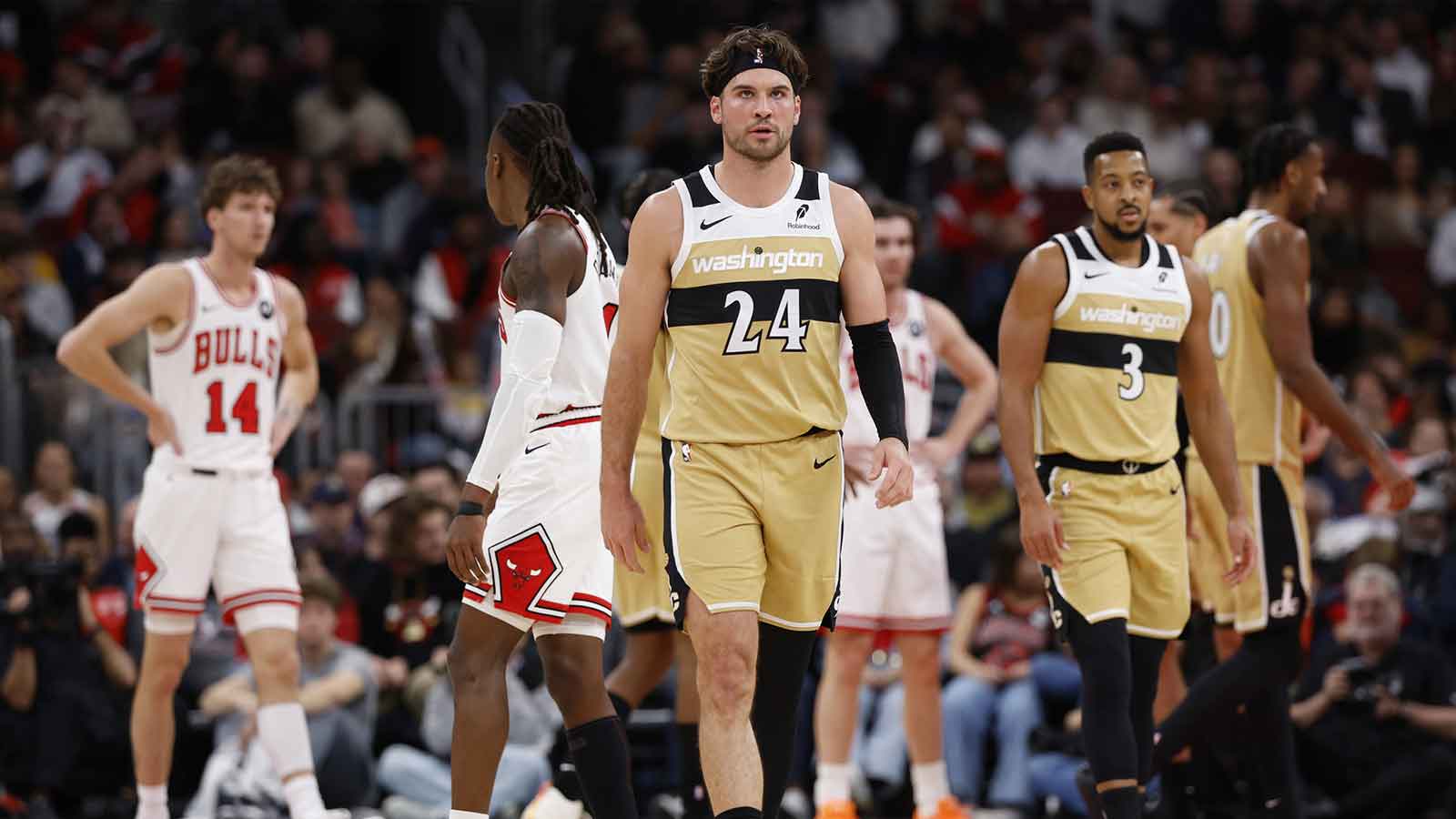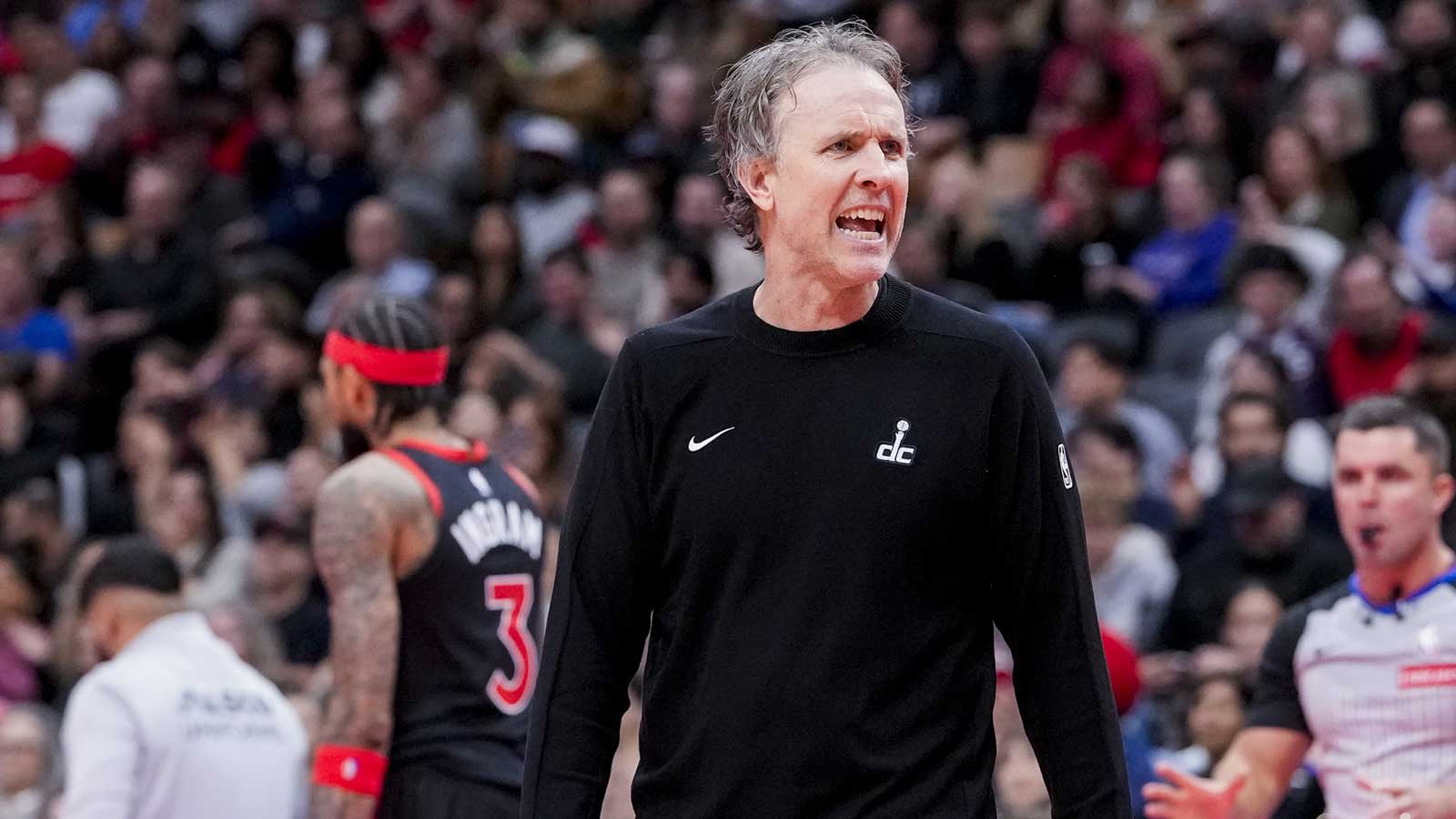The Washington Wizards are no longer wandering aimlessly in the wilderness of the Eastern Conference. After a series of smart, forward-looking moves in the 2025 offseason, there’s finally a direction in D.C. Cam Whitmore looks like a potential two-way star. Tre Johnson, taken No. 6 overall, may end up being the best shooter in his draft class. Bub Carrington adds intrigue as a developmental guard, and Alex Sarr brings defensive upside and switchability to the frontcourt.
Just as importantly, the front office pulled the plug on Jordan Poole and Saddiq Bey, shedding salary and gaining veteran guard CJ McCollum while flipping Kelly Olynyk to San Antonio for more young talent. It’s a much leaner, meaner, and more flexible version of the Wizards than we've seen in years. But for all that went right, there's one mistake the Wizards will come to regret if it’s not addressed before training camp.
Wizards 2025 Offseason: 1 move they should've made
Washington’s biggest failure in the 2025 NBA offseason wasn’t what they did, it’s what they didn’t do: reinforce the center position.
Trading Kelly Olynyk stripped the Wizards of their only reliable veteran big man. In return, they got a pair of young guards in Malaki Branham and Blake Wesley, both interesting developmental pieces, and a second-round pick. It’s a smart value play for a team with time to grow. But it came at a cost the team hasn’t addressed: they now lack any veteran size.
Alex Sarr, while a tantalizing defensive prospect, is simply not ready to be the primary anchor of an NBA defense. He’s 20. He’s still learning the nuances of help-side rotations, box-outs, and second-chance reads. Expecting him to go toe-to-toe with Joel Embiid, Bam Adebayo, or Nic Claxton this season is setting him up for a steep, unforgiving learning curve.
alex sarr last offseason vs now
sarr looks like he put some muscle on 👀 pic.twitter.com/oHtOnQLw6S
— WizardsMuse (@WizardsMuse1) July 9, 2025
That leaves a rotation of guards and wings with promise, but no brawn. No physicality. No back-line anchor. That’s a huge problem in today’s NBA, where rim protection and defensive versatility at the five are prerequisites for any kind of consistency on that end of the floor.
Enter Thomas Bryant: The move that makes too much sense
So what should the Wizards have done? They should’ve signed Thomas Bryant. A reunion with the 27-year-old center would’ve checked every box for Washington: familiarity, skill fit, age, and leadership. Bryant spent five seasons in a Wizards jersey, and while injuries dimmed his peak, he was once a promising two-way big with stretch potential and fiery energy.
More importantly, Bryant left Washington on good terms. He understood the system, the staff, and the city. Since departing, he’s gained valuable playoff and championship experience in Denver and Indiana, lessons that young teams can benefit immensely from.
With interest in Bryant limited in free agency, the Wizards could have signed him on a team-friendly deal with the opportunity to provide mentorship, stability, and minutes. His ability to stretch the floor would’ve paired nicely with Sarr’s raw athleticism. His motor and toughness would’ve helped anchor the second unit or even start on nights where Sarr couldn’t match up against bruising centers.
And best of all, he still fits the team’s timeline. Bryant isn’t in his 30s or seeking his last payday. He still has upside and motivation, and he would've instantly become Washington’s most reliable big.
What the lack of a move suggests
So why didn’t the Wizards make this move?
the wizards really got TRE JOHNSON, KYSHAWN GEORGE, BUB CARRINGTON, BILAL COULIBALY, ALEX SARR, CAM WHITMORE AND AJ JOHNSON
dont forget champagnie, watkins and vukcevic + $100 mil in cap space + another top pick next season
this team is gonna be great soon pic.twitter.com/WgHwD57cfj
— WizardsMuse (@WizardsMuse1) July 23, 2025
The front office may be preserving its cap space, which now projects over $100 million in the 2026 offseason. That’s an absurd war chest that offers the kind of flexibility teams dream of. But there’s a danger in that kind of restraint.
Cap space is only as valuable as the players you use it on. Waiting for 2026 sounds strategic, but it comes at the cost of the 2025-26 season. Without a capable center rotation, Washington risks stalling the development of Sarr and the rest of its young core. There’s nothing more damaging to a young roster than having to overcompensate for missing pieces.
How can Tre Johnson and Cam Whitmore flourish if their team can’t rebound, protect the rim, or run competent drop coverage? How can a young guard like Carrington or Branham grow into their roles if they’re constantly bailing out defensive breakdowns in the paint?
There’s also a message being sent to the fanbase. Wizards fans are used to rebuilds, half-measures, and long-term promises. Yes, the smart trades and draft picks are encouraging. However, pairing them with visible progress, like a competent roster with positional balance, further builds trust. Not signing a veteran big to at least stabilize the team makes it feel like the front office is punting on the year before it begins.
What happens if they wait?
The Wizards could roll into October with a frontcourt of Sarr, Holmes, and two-way contract players. Maybe they take a flyer on a G League standout. Perhaps they wait for the next round of buyouts in February. Maybe they trust Sarr to develop faster than expected.
But that’s a big maybe.
Alternatively, they could still look at the market. Thomas Bryant remains unsigned. So do other low-cost bigs like Christian Koloko, Bismack Biyombo, or even a reunion with Daniel Gafford via trade if the Mavericks want to shake things up. There are options, but there are just a few by the day.
The clock is ticking. While the Wizards won’t be judged by wins and losses this season, they will be judged by how well they set the table for their future. And right now, their frontcourt looks unfinished.
The Wizards got the hard part right: They moved off Poole, landed two promising rookies, and positioned themselves for cap flexibility. But failing to reinforce the big man rotation leaves a gaping hole in their developmental plan. Reuniting with Thomas Bryant would’ve brought size, stability, and leadership without compromising the rebuild. They still have time. But if they wait too long, this oversight could haunt them come November.

